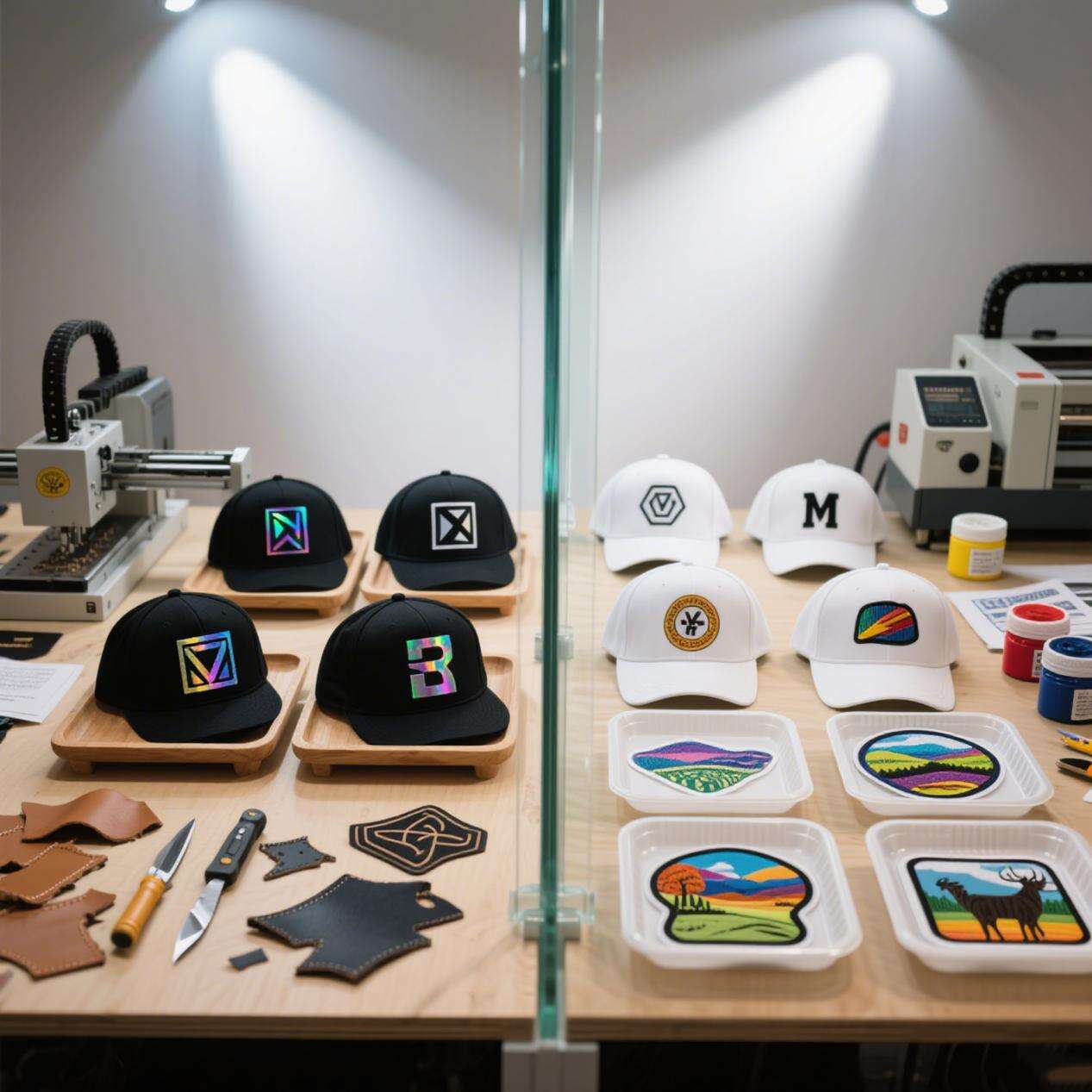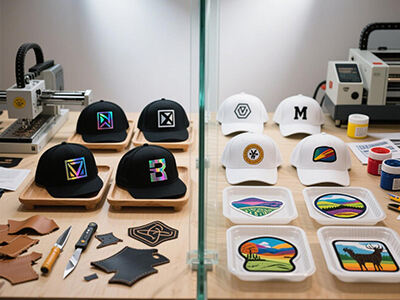When it comes to customizing leather products, two popular techniques stand out: laser engraving and heat transfer. Each method offers unique advantages and is suitable for different types of designs and applications. Let's explore the differences to help you decide which one is best for your leather customization needs.

Laser Engraving on Leather
Laser engraving uses a high - powered laser to burn or etch designs onto the leather surface. This process creates a permanent mark by removing or altering the top layer of the leather.
Advantages
· Precision: Lasers can achieve extremely fine details, making it perfect for intricate patterns, logos, or text. For example, a delicate floral design or a small, detailed company logo can be engraved with high precision.
· Durability: The engraved design is part of the leather itself, so it doesn't wear off easily with normal use. Leather wallets with laser - engraved initials can maintain their look for years.
· Versatility: It works well on various types of leather, from soft suede to more durable full - grain leather.
Disadvantages
· Limited Color Options: Laser engraving typically results in a single - color mark (usually a darker shade where the leather has been burned). If you want a multi - colored design, laser engraving may not be the best choice.
· Possible Odor and Soot: The burning process can produce a strong odor, and there may be some soot left on the leather surface, which requires cleaning.
Heat Transfer on Leather
Heat transfer involves using heat and pressure to transfer a pre - printed design from a transfer film or paper onto the leather.
Advantages
· Colorful Designs: Heat transfer allows for a wide range of colors and even full - color images to be transferred onto the leather. This is great for creating vibrant, eye - catching designs, like a colorful brand logo or a detailed illustration.
· Quick Setup: For simple designs, the setup process can be relatively quick, especially if you're using pre - made transfer sheets.
· Suitable for Mass Production: It can be more efficient for producing a large number of customized leather items with the same design.
Disadvantages
· Durability Concerns: Over time, with frequent use and washing (if applicable), the transferred design may start to fade or peel. The adhesive used in the transfer process may not always hold up as well as the laser - engraved mark.
· Less Precision for Fine Details: While it can create detailed designs, it may not be as precise as laser engraving for extremely fine lines or intricate patterns.
Which is Better?
If you're looking for a highly detailed, long - lasting, and single - color or two - tone design, laser engraving is an excellent choice. It's perfect for personalizing leather goods like wallets, belts, or journal covers with names, initials, or simple logos.
On the other hand, if you need a colorful, eye - catching design for leather items like jackets, bags, or fashion accessories, and you're not as concerned about the design lasting forever without any wear, heat transfer can offer more creative possibilities.
In conclusion, the choice between laser engraving and heat transfer for leather customization depends on your specific design requirements, the look you want to achieve, and how the leather item will be used.

 EN
EN
 AR
AR
 BG
BG
 HR
HR
 CS
CS
 DA
DA
 NL
NL
 FI
FI
 FR
FR
 DE
DE
 EL
EL
 HI
HI
 IT
IT
 JA
JA
 KO
KO
 NO
NO
 PL
PL
 PT
PT
 RO
RO
 RU
RU
 ES
ES
 SV
SV
 CA
CA
 TL
TL
 IW
IW
 ID
ID
 LV
LV
 LT
LT
 SR
SR
 SK
SK
 SL
SL
 UK
UK
 VI
VI
 SQ
SQ
 ET
ET
 GL
GL
 HU
HU
 MT
MT
 TH
TH
 TR
TR



